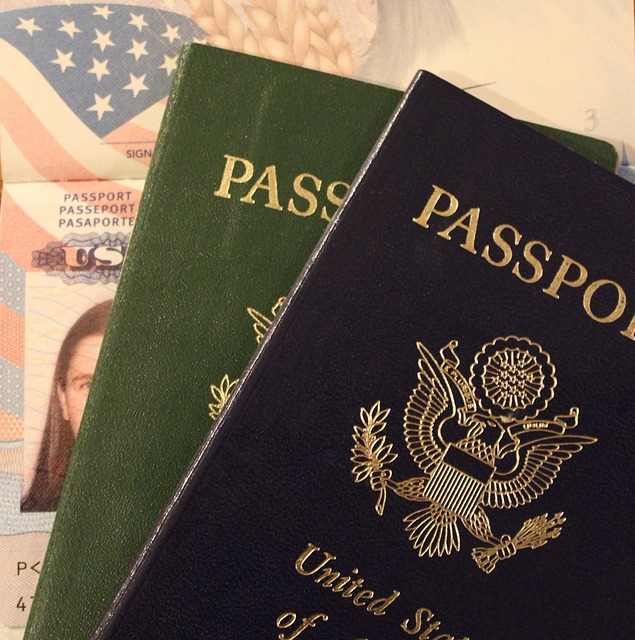Permanent Residency in Switzerland: How to Apply

Switzerland, known for its high quality of life, stunning landscapes, and robust economy, is a dream destination for many expatriates. Obtaining permanent residency in Switzerland allows individuals to live and work in the country indefinitely, offering stability and access to its world-class healthcare, education, and social services. However, the process of applying for permanent residency can be complex and requires careful preparation. This guide provides a detailed overview of the steps, requirements, and tips for successfully applying for permanent residency in Switzerland.
1. What is Permanent Residency in Switzerland?
Permanent residency, also known as a C Permit, allows foreign nationals to live and work in Switzerland without any time restrictions. It is typically granted after living in the country for a certain number of years and meeting specific criteria. Permanent residents enjoy many of the same rights as Swiss citizens, including access to the job market and social security benefits, but they cannot vote in federal elections or hold public office.
2. Eligibility Criteria for Permanent Residency
To be eligible for permanent residency in Switzerland, you must meet the following general requirements:
2.1 Length of Stay
- EU/EFTA Nationals: 5 years of continuous residence.
- Non-EU/EFTA Nationals: 10 years of continuous residence (5 years for certain categories, such as spouses of Swiss citizens or highly skilled workers).
2.2 Valid Residence Permit
You must hold a valid residence permit (B Permit) for the required period before applying for permanent residency.
2.3 Integration
Applicants must demonstrate integration into Swiss society, including:
- Proficiency in one of Switzerland’s official languages (German, French, Italian, or Romansh).
- Compliance with Swiss laws and regulations.
- Participation in local community life.
2.4 Financial Stability
You must prove that you can support yourself and your family financially without relying on social assistance.
2.5 Clean Criminal Record
Applicants must have a clean criminal record and not pose a threat to public safety or order.
3. Steps to Apply for Permanent Residency
3.1 Determine Your Eligibility
Before applying, ensure you meet the eligibility criteria based on your nationality, length of stay, and other factors.
3.2 Gather Required Documents
Prepare the necessary documents, which may include:
- Valid passport and residence permit.
- Proof of continuous residence (e.g., rental agreements, utility bills).
- Language proficiency certificates (if required).
- Employment contract or proof of financial stability.
- Criminal record check from your home country and Switzerland.
3.3 Submit Your Application
Submit your application to the migration office in your canton of residence. The application process and requirements may vary slightly between cantons, so check with your local authorities for specific instructions.
3.4 Attend an Interview
Some cantons may require an interview to assess your integration and language skills. Be prepared to discuss your life in Switzerland, your work, and your contributions to the community.
3.5 Wait for a Decision
The processing time for permanent residency applications can vary, but it typically takes several months. During this time, the authorities will review your application and conduct background checks.
3.6 Receive Your C Permit
If your application is approved, you will receive a C Permit, granting you permanent residency in Switzerland. You may need to collect the permit in person and pay an administrative fee.
4. Special Cases and Exceptions
4.1 Spouses of Swiss Citizens
Spouses of Swiss citizens may be eligible for permanent residency after 5 years of marriage and 3 years of continuous residence in Switzerland.
4.2 Highly Skilled Workers
Non-EU/EFTA nationals with specialized skills or qualifications may be eligible for permanent residency after 5 years if they meet specific criteria, such as holding a senior management position or contributing significantly to the Swiss economy.
4.3 Retirees
Retirees who have lived in Switzerland for at least 10 years and can demonstrate financial stability may apply for permanent residency.
5. Tips for a Successful Application
5.1 Learn the Local Language
Proficiency in one of Switzerland’s official languages is crucial for integration and a successful application. Consider taking language courses and obtaining a recognized language certificate.
5.2 Maintain a Clean Record
Avoid any legal issues or criminal activity during your stay in Switzerland, as this can negatively impact your application.
5.3 Build Strong Ties to the Community
Participate in local events, join clubs or associations, and build relationships with your neighbors. Demonstrating active involvement in the community can strengthen your application.
5.4 Keep Your Documents Organized
Ensure all your documents are up-to-date, accurate, and well-organized. Missing or incomplete documentation can delay the application process.
5.5 Seek Professional Advice
If you’re unsure about any aspect of the application process, consider consulting an immigration lawyer or expert who specializes in Swiss residency laws.
6. Benefits of Permanent Residency in Switzerland
6.1 Unlimited Stay
Permanent residency allows you to live in Switzerland indefinitely without the need to renew your residence permit.
6.2 Access to the Job Market
You can work in any profession or industry without needing a work permit.
6.3 Social Security Benefits
Permanent residents have access to Switzerland’s social security system, including healthcare, pensions, and unemployment benefits.
6.4 Family Reunification
You can sponsor family members to join you in Switzerland, provided they meet the eligibility criteria.
6.5 Pathway to Citizenship
After holding permanent residency for a certain period (usually 10 years), you may be eligible to apply for Swiss citizenship.



